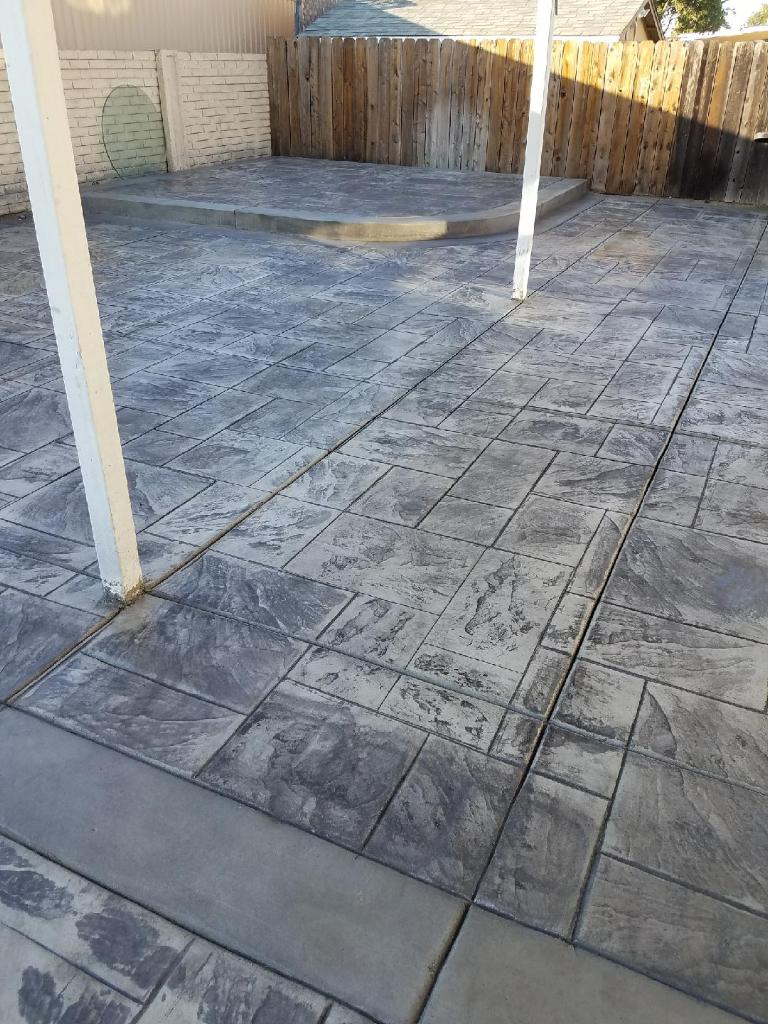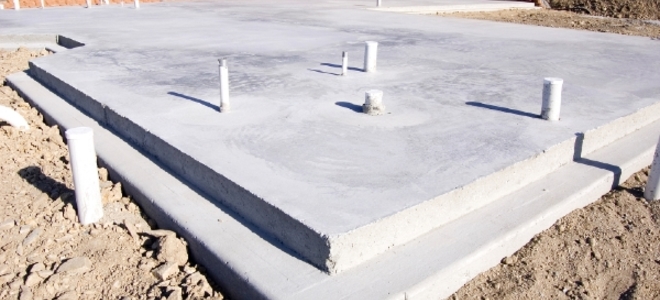Can A Contractor Pour Concrete In The Winter?
Pouring Concrete in Cold Weather
Cold weather concrete may be defined as a span of more than three days in which, under some temperatures, certain particular conditions exist. When the air temperature has fallen to or is expected to fall, below 40°F (5°C) during the protection period. The protection period is defined as the time required to prevent concrete from being affected by exposure to cold weather.
When concrete is treated in cold weather, immediately after being poured, it must be covered from freezing. Concrete must also be able to produce the strength needed for the safe removal of forms while reducing the conditions under which excessive heat must be applied to help concrete develop the strength necessary. The correct curing conditions that prevent cracking and provide the expected serviceability of the structure are other important factors that must be considered.
Tips for Pouring Concrete in Cold Weather
To ensure that concrete can obtain the necessary design strength in cold weather, follow these recommended steps and that you do not have any other problems when setting the concrete.
- Defining the procedures that will be used, including fabrics, forms, measuring, and other criteria, prior to pouring.
- Schedule the cold weather safety calculation of the concrete mix and assess it.
- Keep a well-defined weather record chart including concrete temperature and exterior temperature.
- Never pour concrete, snow, or ice over frozen fields. To thaw the ground before pouring concrete, use heaters.
- Determine if special considerations and strength requirements must be met; if so, protect concrete at specific temperatures.
- When placing concrete in cold weather, if heated enclosures are going to be used, be sure to realize that they must be windproof and waterproof.
- To stop carbonation, vent outside if combustion heaters are used.
- The correct amount of air-trained voids that will resist freezing and thawing effects should be given to cold weather concrete.
- In cold weather, concrete is advised to have a slight slump and a minimum ratio of water to cement to minimize bleeding and decrease setting time.
- To avoid freezing and maintain the concrete at an optimum curing temperature, use concrete curing blankets.
- To hold concrete temperatures above 50° degrees Fahrenheit for three to seven days, use insulation blankets or heated enclosures.
- Do not begin final finishing operations when there is bleeding water.
- Ask or order 100 lbs for a heated blend. Additional cement for every cubic yard of concrete. This extra cement allows early strength to build.
- 50 percent of its potential 28-day power can be lost by fresh concrete frozen within the first 24 hours!
- Keep the concrete temperature above 40 degrees Fahrenheit for at least four additional days after the insulation covers or insulated enclosures have been used.
- Take note!! In 24 hours, the concrete temperature will not drop more than 40° Fahrenheit.
- If there is no other way, adding a cement bag to the mix will help.
- Do not seal freshly placed concrete until the bleeding has occurred and the setting process has begun.
- If the batch plant is too far from the final destination of the concrete, extra measures must be taken to mitigate setting issues. It is advised to position concrete as soon as possible.
- After the initial batches, hot water heaters might not be able to handle hotter temperatures.
Maintaining Concrete Temperatures During Cold Weather
Under ACI 306, temperatures are defined and mandated for the placement and safety of concrete in cold weather. For the first 48 hours, where concrete strength production is important, the aim of the ACI 306 is to keep concrete warm, over 5 degrees Celsius.
If concrete is put below 5 degrees but is not below freezing point, it can take longer for concrete to develop the necessary strength. Remember that when concrete is too cold or has not achieved the desired strength, removing shaping could weaken concrete strength and could collapse surfaces and concrete. In order to protect concrete, the use of frost blankets and insulated formwork may be important. Insulated types or temporary covers could provide beams, columns, and walls with ample insulation.



Are You Looking for a Concrete Contractor You Can Trust?
Spaulding Concrete has been the SF Bay Area’s top foundation builders for over 30 years. We’re here to fix your home’s foundation, no matter what problem may exist. We have the specialized equipment, services, and professional experience that you need to make permanent improvements to your building’s foundation. To get you started on the right foot, we would be happy to give you a free quote for the repair of the foundation.
When you reach out by phone or email we will have one of our foundation experts answer any questions you have and explain how we can restore integrity and structural stability to your home or company building permanently. Successful concrete projects require careful planning and thorough preparation. Spaulding Concrete reviews the site and designs to ensure that the concrete and base structure follows the criteria for the planned use and that the layout and finishes are suitable for the project. The qualified concrete experts at Spaulding Concrete will be on schedule, on budget, and meet or exceed standards by careful planning, professional execution, and strict quality control.
To schedule your free quote, contact us today! We are proud to serve Orinda, Lafayette, Moraga, Pleasant Hill, Concord, Martinez, Pittsburg, Antioch, Brentwood, and the surrounding areas.
